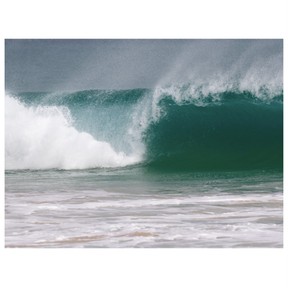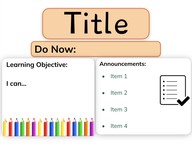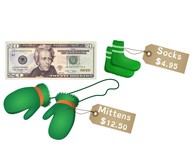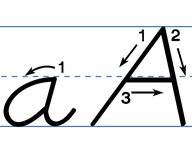



8,000 schools use Gynzy
92,000 teachers use Gynzy
1,600,000 students use Gynzy
General
Students learn about tsunamis and how to prepare for one. They'll learn what to do before a tsunami begins, during a tsunami, and after.
Standards
3-ESS3-1
4-ESS2-1
5-ESS2-1
Learning objective
Students will be able to identify a tsunami and explain how to prepare for one.
Introduction
Students are asked at the start to complete the anticipation guide. They are given a set of four true or false questions that contain information about tsunamis. Be sure to emphasize that it does not matter if they get the answers incorrect because they're about to learn all this information about tsunamis! Start by defining what a tsunami is with the class. Explain that they are long and high sea waves caused by earthquakes/submarine landslides/other ocean disturbances. Watch the video to give students a visual understanding of what tsunamis look like and to give more information about tsunamis. Then ask students to answer the questions on the right with the information they just learned in the video.
Instruction
Explain the 'how' and 'when' of tsunamis by discussing how tsunamis are created and that unfortunately tsunamis can occur at any time. Then explain the 'who' and 'where' of tsunamis by defining what hydrologists and oceanographers do and where tsunamis occur, namely most often in the Ring of Fire. Discuss what to do if you find yourself in a tsunami by discussing what to do before, during, and after a tsunami. First, find out if you are in a high-risk area and sign up for local alerts if you are. You should also know the difference between a tsunami warning and a tsunami watch. During a tsunami, you might feel an earthquake and should drop, cover, and hold. Ask students why you might feel an earthquake. Discuss the signs of a tsunami. After a tsunami, you should be aware of aftershocks, listen to local authorities, and only return home when it is safe to do so. Also, check everything carefully as the water could have damaged or broken many things. Have students fill in the blanks with words from the word bank. Then ask students to draw a line to match the preparation to something you should do before, during, or after a tsunami. Finally, ask them to spin the wheel and give an action they should do before, during, or after a tsunami.
Quiz
Students are asked 10 true/false and multiple-choice questions.
Closing
Discuss the learning goal with students and check to see if they can identify a tsunami and determine what to do during a tsunami. Close the lesson by returning to the anticipation guide and ask students if they want to change their answers. Review the anticipation guide as a class.
Teaching tips
If you live in a location that has a high likelihood of tsunamis, you may choose to incorporate that into your lesson with locations or areas that students are familiar with. Since some students are very scared of natural hazards, make sure to reassure them that by following the steps given and that by being prepared they increase their survival chances in these situations.
The online teaching platform for interactive whiteboards and displays in schools
Save time building lessons
Manage the classroom more efficiently
Increase student engagement
Discover more!
About Gynzy
Gynzy is an online teaching platform for interactive whiteboards and displays in schools.
With a focus on elementary education, Gynzy’s Whiteboard, digital tools, and activities make it easy for teachers to save time building lessons, increase student engagement, and make classroom management more efficient.



